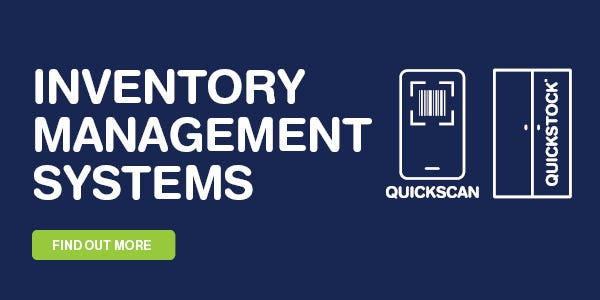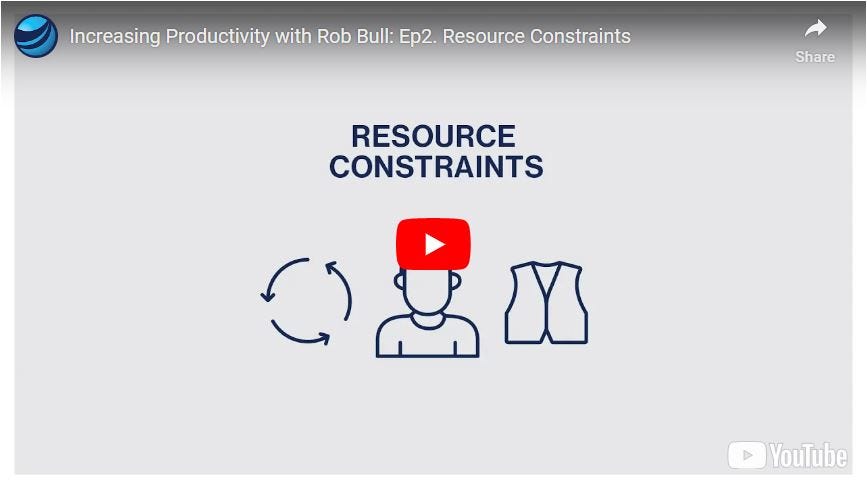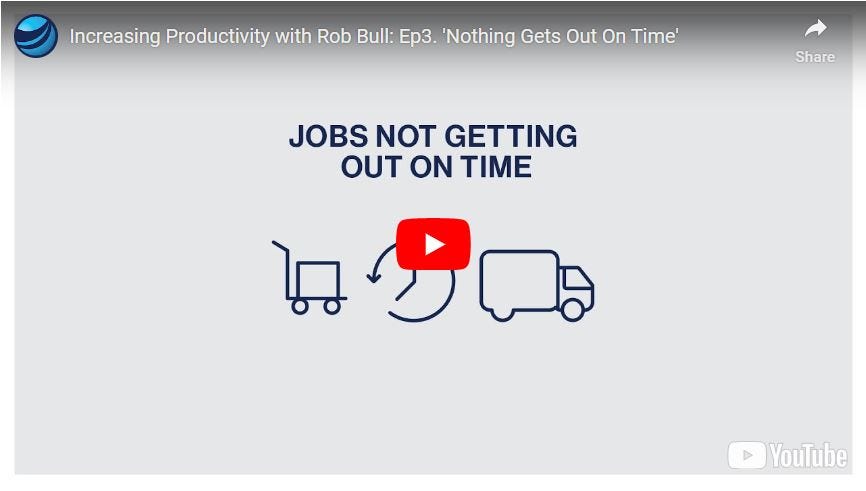Increasing Productivity With Rob Bull: EP5. Quality & The Cost Of Re-Work
Welcome to our final video of our increasing productivity for engineers video series with Rob Bull. This is the issue I’m sure most have experienced at some point. The cost of re-work due to poor quality.
So Rob, what are some of the issues you find in this space?
Yeah, always comes down to a coupe of things Andy. 1. Communication and the lack of communication. We’ve talked about that in the past. And it also is a breakdown of the process, so there might not be a process and the team haven’t been able to follow what isn’t there.
Yeah that’s good, so you’d suggest businesses need to take a closer look at their processes and smooth our quality consistency?
Yeah absolutely, and it could be a combination of one or both of those issues. Particularly in a fast growing business and they’ve been small in the past that they’ve just carried on working the way that they’ve always worked without actually documenting how a job should be done, so as they’re getting on new team members they’ve got those standard procedures, or standard operating procedures which enable them to train people correctly, but also making sure everyone, all the team members are clear about what’s required and what steps are needed. So it builds consistency across the teams and team members so no matter who’s doing what job we should have that standard in place.
The next one it really is around quality and quality checks at the source. So every step, every stage of a job should have a quick checklist so team members need just to slow, pause, go through that checklist. Have they hit those quality standards for that particular part of the job, and then sign off before it moves on to a different part of the team or they start the next phase of that build. So quality checks, quality at the source is always a big focus when I’m working with teams.
The last one really is measuring performance, and this is about building accountability within the team, and about pride in your own work. So if we measure what we want to improve then we can do something about it. So that could be as simple as doing tally marks on the visual boards that we’ve talked about in the past, counting how many errors that a team might come up with. It might be per month or it might be per week depending on the pace of the business, and then setting goals about how do we reduce that, understanding, problem solve, or getting to the root cause of those number of areas, and it might be 20 errors per month – how can we get that down to 15 and hit that consistently. Then how can we get that down to 10 per month, and so on and so on. It really is about having those standard operating procedures, real high focus on quality, and getting the team to measure that and be accountable around performance.
Yeah that’s great. So really the key tips, or takeaways for reducing the re-work and improving the quality would be to:
- Implement standard procedures for all workers to follow.
- Have quality checks in place in different stages.
- Set workers a challenge to measure their own performance and work out how to improve it month by month, or week by week.
Absolutely, it’s just one of those things. If they work on those 3 aspects, that they should be able to make a huge impact on their business and grow more sustainable and make more money.
Well thanks heaps Rob for all your tips and suggestions and helpful comments. Thanks all for listening in. We trust you got something from this series. Until next time, all the best.
 Need assistance?
Need assistance?







